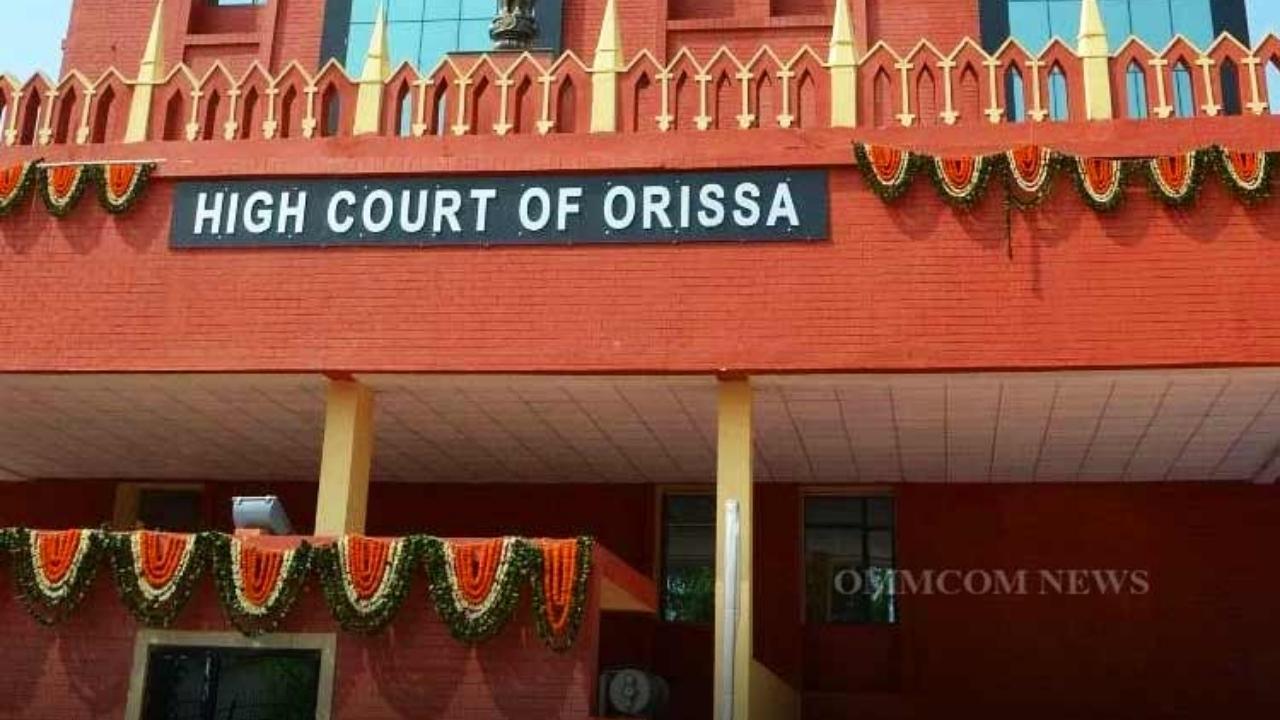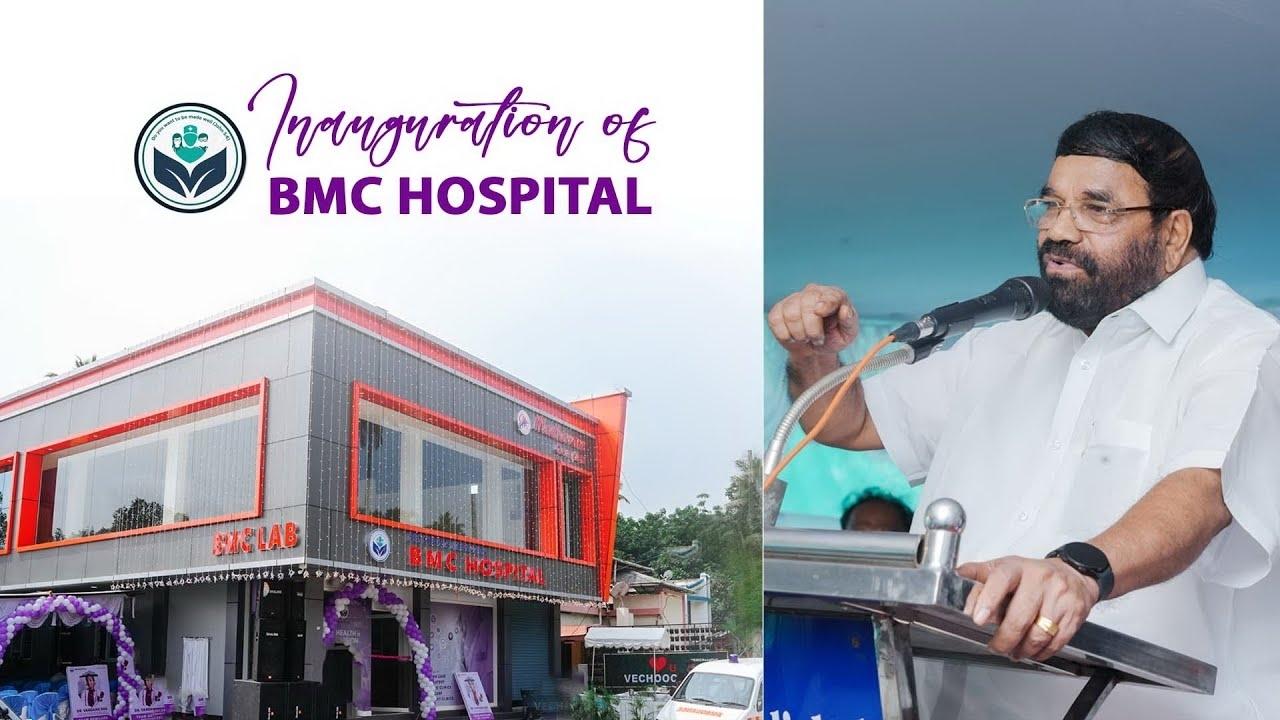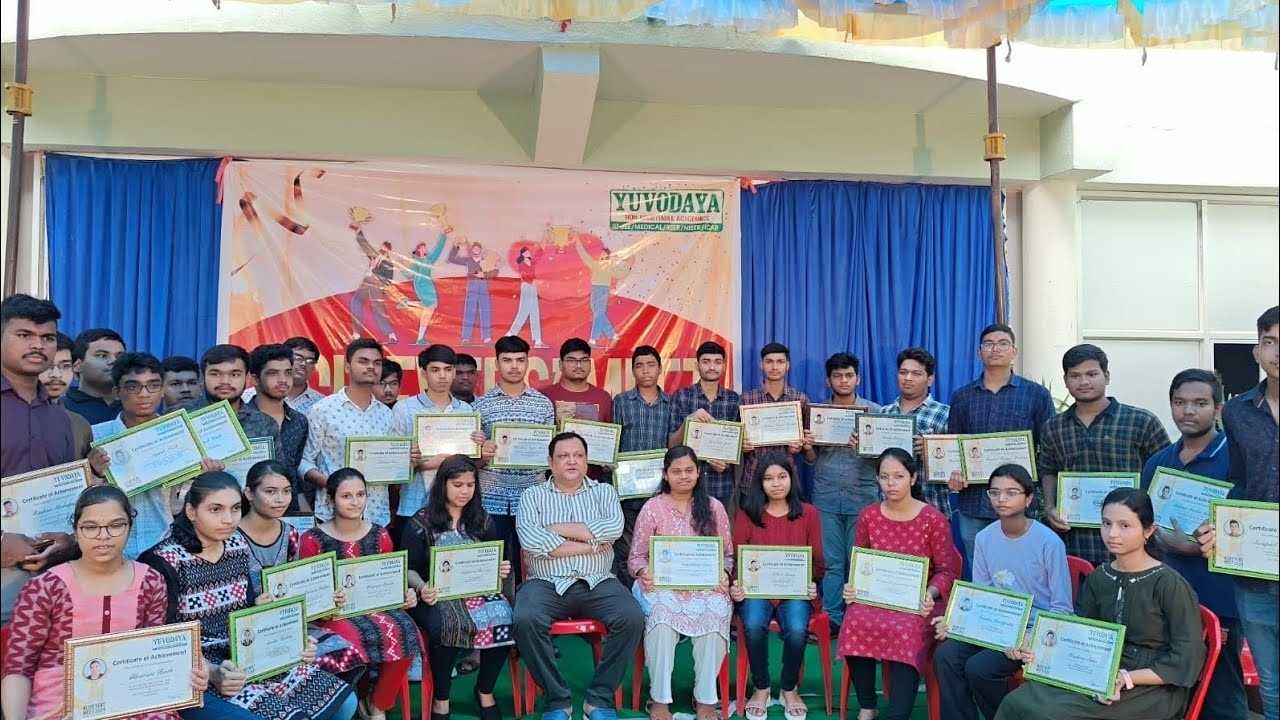The semiconductor industry is buzzing with excitement as Odisha, India, rises as a major player in the global semiconductor landscape thanks to a fresh investment of ₹2,066 crore (about $250 million USD). This significant funding supports cutting-edge semiconductor manufacturing facilities that are expected to shape the future of technology, both in India and worldwide. For anyone curious about semiconductors or wondering what this means for tech enthusiasts, investors, and policymakers — this article breaks down Odisha’s rise in straightforward terms, while also providing pros, pitfalls, and practical insights for professionals and beginners alike.

What’s Cooking in Odisha’s Silicon Valley?
Semiconductors are the tiny chips that power our smartphones, cars, electric vehicles, solar panels, and even missile defense systems. As tech needs soar worldwide, countries are scrambling to secure their own semiconductor manufacturing capabilities. Odisha, with its strong government support and strategic investments, is poised to become India’s new semiconductor hotspot.
The ₹2,066 crore investment is mainly funneled into a silicon carbide (SiC) semiconductor manufacturing plant by SiCSem Pvt Ltd in Bhubaneswar—the capital city. SiC is a next-gen material used for high-power, energy-efficient chips crucial for electric vehicles, green energy, and advanced electronics. Alongside this project, Odisha is also hosting other semiconductor and packaging units backed by American tech giants like Intel and Lockheed Martin.
Odisha’s Semiconductor Push
| Feature | Details |
|---|---|
| Major Investment | ₹2,066 crore (~$250M USD) for silicon carbide semiconductor plant |
| Location | Bhubaneswar, Odisha, India |
| Industry Backers | SiCSem Pvt Ltd, Intel, Lockheed Martin |
| Manufacturing Capacity | 60,000 wafers and 96 million packaging units annually (SiC plant) |
| Government Support | ₹600 crore incentives, subsidies, and infrastructure support |
| Strategic Sectors Targeted | Electric vehicles, defense systems, renewable energy, telecom, industrial automation |
| Career & Economic Impact | Thousands of jobs expected, boost in regional tech ecosystem |
| Official Resource | Odisha Semiconductor Investment Info |
Odisha’s ambitious vision includes not just production but also innovation hubs, skill development for youth, and creating a semiconductor ecosystem rivaling global hubs like Taiwan or South Korea.
Odisha’s ₹2,066 crore investment in semiconductor manufacturing establishes it as a major destination for chip innovation and production. With government support, global partnerships, and a skilled workforce, the state is not just making chips — it’s shaping the future of tech in India. This initiative promises economic growth, job creation, and cutting-edge technological advancements that echo far beyond the region. For professionals and enthusiasts alike, Odisha’s rise is a powerful example of how focused investment and strategic policies can reboot an entire industry’s landscape.
Why Semiconductors Matter More than Ever
Semiconductors are the literal brains of modern devices. Any gadget or machine with chips depends on consistent, quality supply chains. The COVID-19 pandemic and geopolitical tensions exposed how vulnerable countries are when chips are scarce. That’s why India’s government launched the India Semiconductor Mission, promoting domestic manufacturing and reducing reliance on imports, especially from China. Odisha’s development fits into this grander scheme, gaining generous incentives and robust infrastructure—signals the state is serious about becoming a cornerstone in this new tech frontier.

Odisha’s Winning Formula for the Semiconductor Industry
- Fiscal Incentives & Policies: Odisha offers subsidies covering up to 25% of capital expenditures for semiconductor parks, plus land discounts, tax breaks, and interest subsidies.
- Strategic Location: With Bhubaneswar’s developing infrastructure and skilled workforce, it provides good access to ports, highways, and power supply.
- Industry Partnerships: Collaborations with giants like Intel, Lockheed Martin, and UK-based wafer fabs encourage technology transfer and innovation.
- Talented Human Capital: Odisha’s educational institutes are evolving to provide semiconductor-related skills and research facilities.
- Government Backing: The state guarantees policy stability, infrastructure investments, and assistance, creating a tech-friendly environment.
How Odisha’s Semiconductor Investments Work for Everyone
For the Tech Industry
Companies get a chance to build manufacturing units in an emerging market with incentives that reduce overall costs. The focus on silicon carbide chips means industries like EVs and defense can get localized, high-quality components for their products, boosting efficiency and innovation.
For Investors and Entrepreneurs
The sector promises high returns with India’s rising demand for electronics and strong government backing. Odisha’s special economic zones and semiconductor parks open doors for startups and large firms to establish a foothold early in the value chain.
For Local Workforce and Economy
Thousands of high-tech jobs related to semiconductor manufacturing, testing, and packaging are expected. This investment will lift the regional economy by drawing talent, fostering skill development, and encouraging ancillary businesses.
For Consumers and End-Users
More domestic chip production means reduced dependency on global supply chains, translating to better prices and availability for everyday gadgets, electric cars, and critical industrial products.
Breaking Down the Semiconductor Sector in Odisha
Step 1: Setting up the Plant
A company like SiCSem Pvt Ltd invests ₹2,066 crore to build a silicon carbide wafer fabrication plant. This facility manufactures slices of semiconductor material (called wafers) to be further processed into chips.
Step 2: Collaborations & Technology Sharing
The plant works with global technology leaders like Intel to use cutting-edge methods, ensuring chips meet international standards for quality and efficiency.
Step 3: Workforce Training
Local universities and technical institutes provide skilled workers trained in semiconductor tech, thanks to government-supported educational programs.
Step 4: Production & Packaging
Once wafers are ready, they undergo processing, testing, and packaging for shipment to various industries such as automotive, telecom, and defense.
Step 5: Expansion & Innovation
Continuous reinvestment and R&D lead the plant to upgrade technology, diversify products, and increase capacity—pushing Odisha into the forefront of semiconductor manufacturing.
Odisha Export Slump of 40% in Four Years Highlights Risks of Commodity Dependence
Inside CM Majhi’s Power-Packed 4 Days in Delhi: SEMICON, GST Talks & Big Decisions
HCLTech Expands Youth Empowerment Initiative with TechBee Launch in Bhubaneswar
FAQs
Q1: What are semiconductors used for?
Semiconductors are key components in electronic devices like smartphones, computers, vehicles, industrial machinery, and renewable energy systems.
Q2: Why is Odisha focusing on silicon carbide (SiC) chips?
SiC chips handle high power and heat better than traditional silicon, making them ideal for electric vehicles, solar inverters, and industrial automation.
Q3: How does the government support semiconductor growth in Odisha?
The state offers capital subsidies, tax exemptions, low-cost land, and infrastructure support to attract semiconductor companies.
Q4: What impact will this semiconductor hub have on jobs?
Thousands of skilled and semi-skilled jobs will be created, boosting local employment and economic growth.
Q5: How does this fit into India’s broader semiconductor ambitions?
Odisha’s projects complement India’s Semiconductor Mission, which aims to make India a global semiconductor manufacturing powerhouse.





